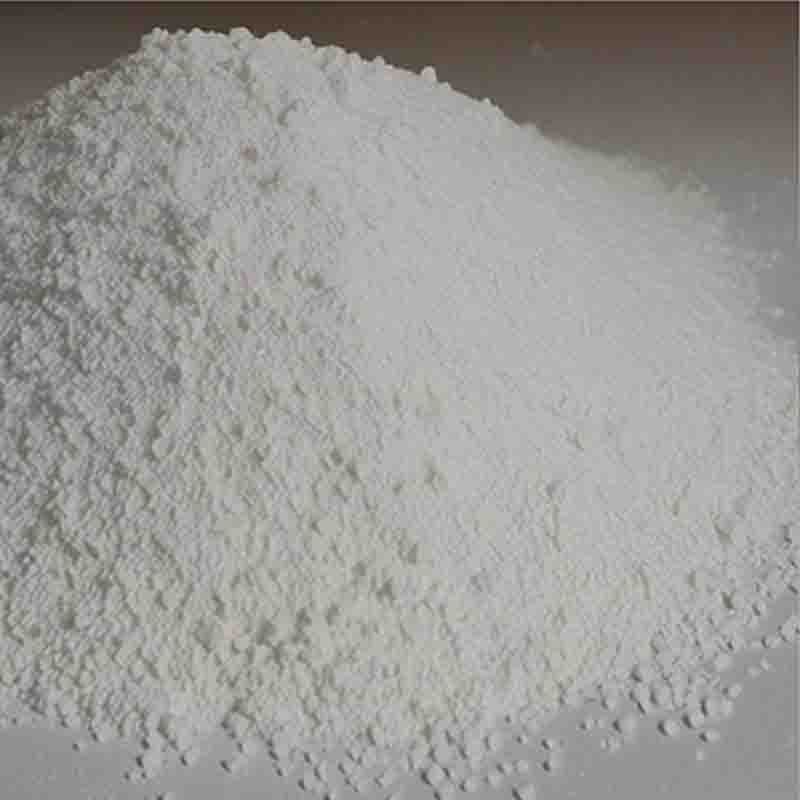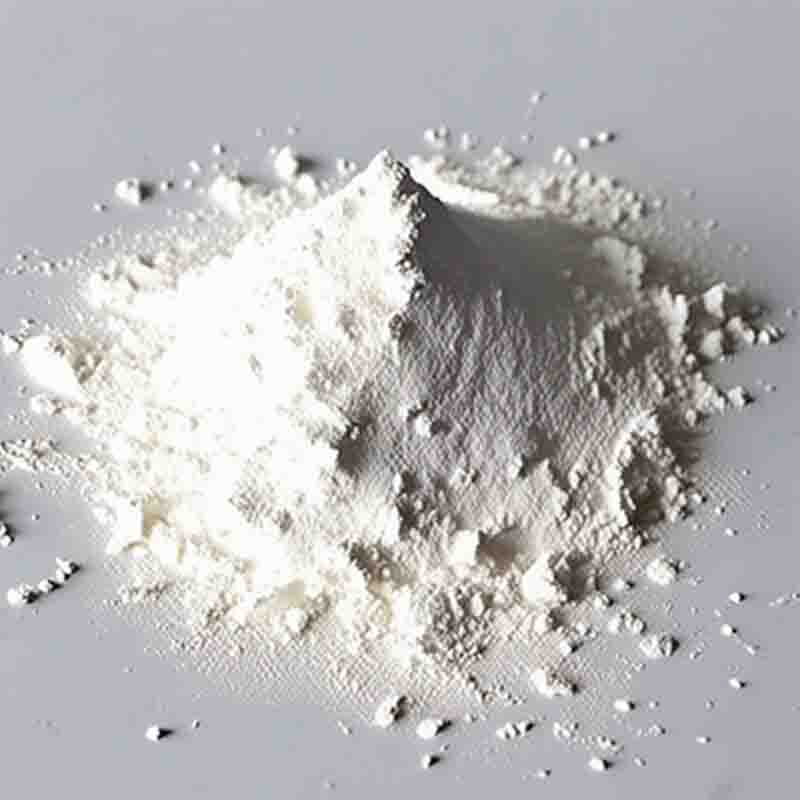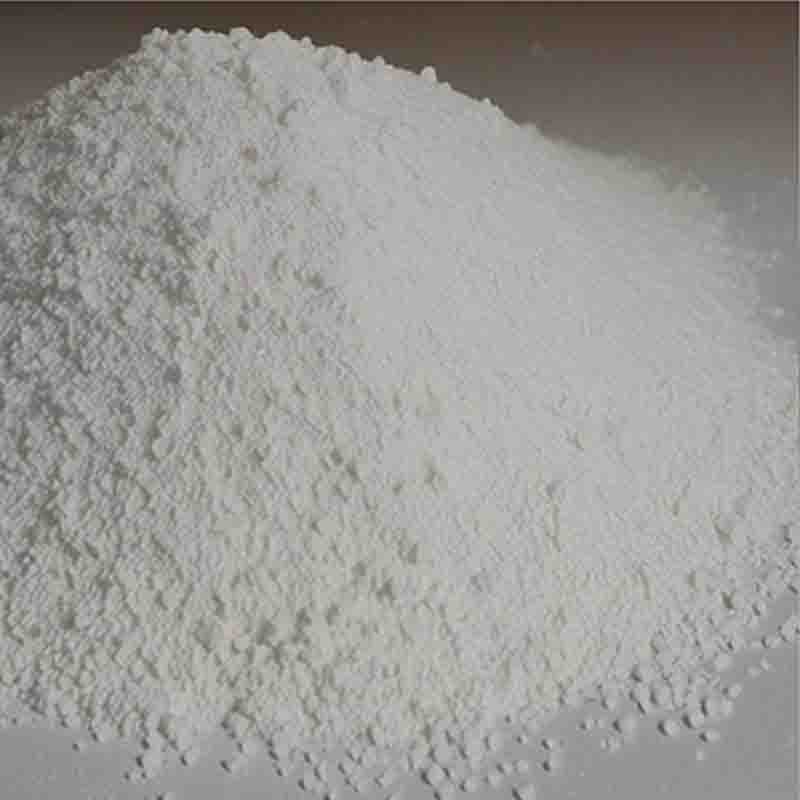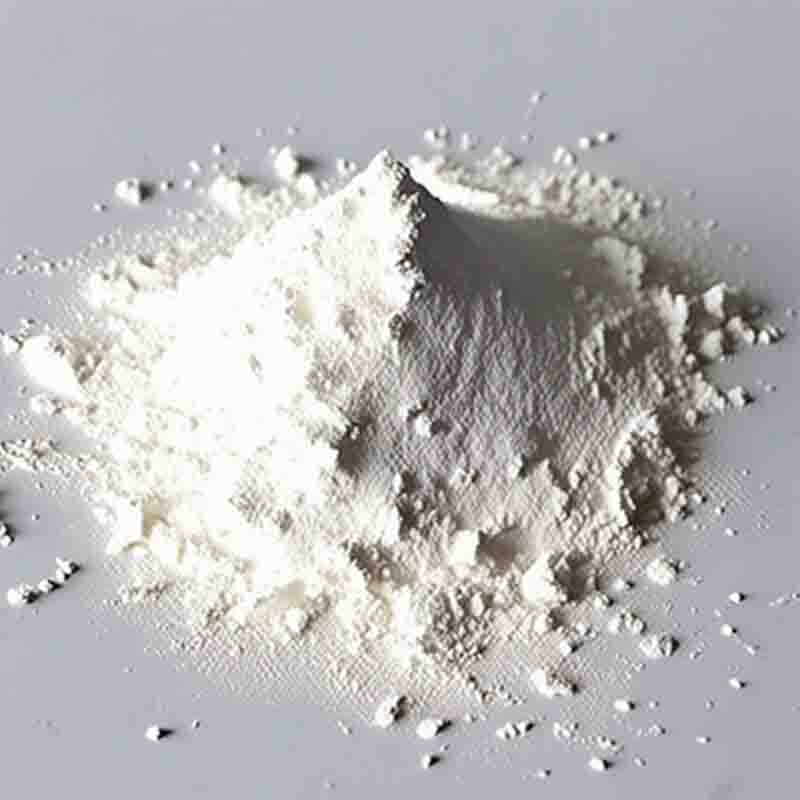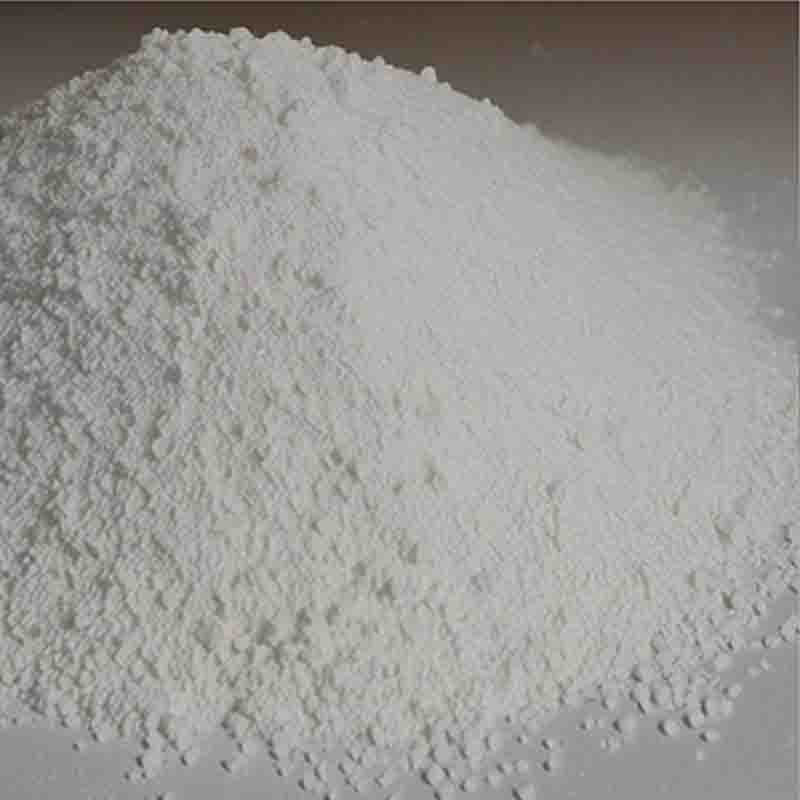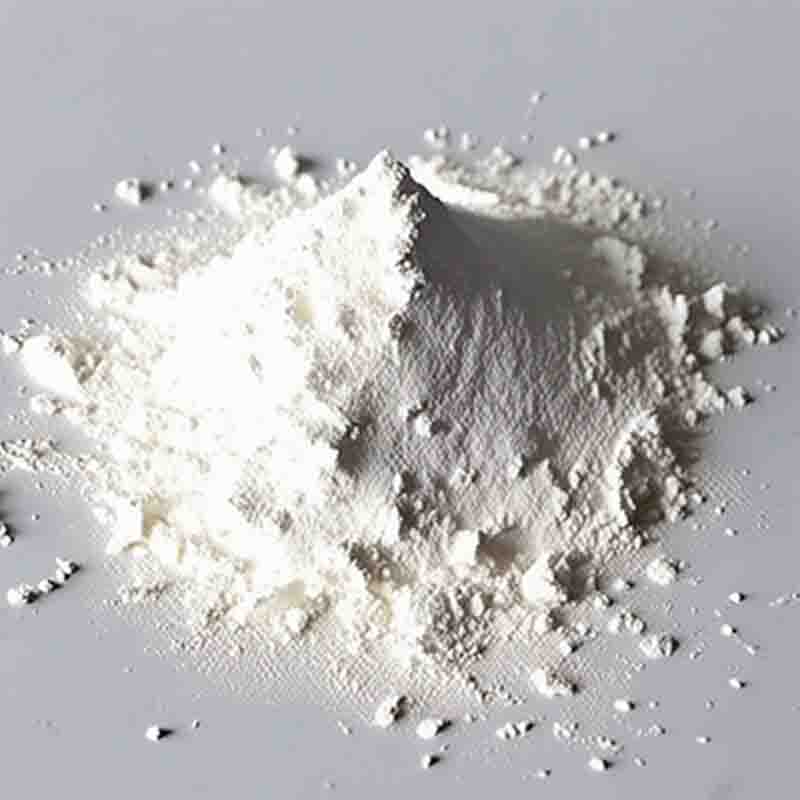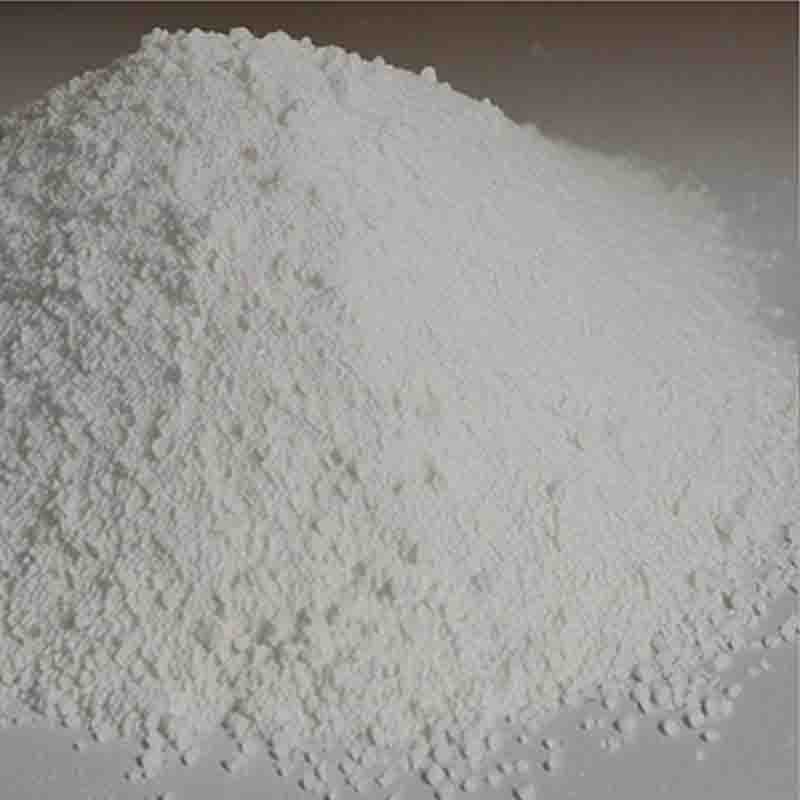4-Methoxybenzylamine CAS:2393-23-9
| Catalog Number | XD95227 |
| Product Name | 4-Methoxybenzylamine |
| CAS | 2393-23-9 |
| Molecular Formula | C8H11NO |
| Molecular Weight | 137.18 |
| Storage Details | Ambient |
Product Specification
| Appearance | White powder |
| Assay | 99% min |
4-Methoxybenzylamine is an organic compound with the chemical formula C8H11NO. It consists of a benzene ring attached to a methoxy group (-OCH3) and an amino group (-NH2). In this 300-word response, we will explore the effects and significance of 4-Methoxybenzylamine in various fields.One important effect of 4-Methoxybenzylamine is its role as a building block for the synthesis of biologically active molecules. It can serve as a starting material for the derivation of various pharmaceuticals and agrochemicals. By introducing specific functional groups, the properties of 4-Methoxybenzylamine can be modified, leading to the development of compounds with desirable pharmacological or pesticidal activity. Such derivatives can contribute to the advancement of drug discovery and the protection of crops from pests and diseases.Additionally, 4-Methoxybenzylamine has been studied for its potential use in the synthesis of polymers and materials. Its amine group allows for polymerization reactions, resulting in the formation of crosslinked networks or polymeric chains. These polymers can then be used in applications such as coatings, adhesives, and membranes. By incorporating 4-Methoxybenzylamine into the polymer structure, desired properties like improved mechanical strength or thermal stability can be achieved.Moreover, 4-Methoxybenzylamine has demonstrated biological activity against certain microorganisms and cancer cells. Studies have shown that 4-Methoxybenzylamine has antimicrobial properties and can inhibit the growth of bacteria and fungi. Furthermore, it has exhibited cytotoxicity against cancer cell lines, indicating its potential as a chemotherapeutic agent. These findings suggest that 4-Methoxybenzylamine could be further explored in the development of antimicrobial drugs and anticancer treatments.Lastly, 4-Methoxybenzylamine has been investigated for its potential as a corrosion inhibitor. It can be used to protect metal surfaces from corrosion by forming a protective layer or by inhibiting the corrosive reactions. This property is significant in industries where metals are exposed to corrosive environments, such as the automotive and aerospace sectors. By incorporating 4-Methoxybenzylamine into protective coatings or corrosion inhibitors, the lifespan and durability of metal structures can be enhanced.In summary, 4-Methoxybenzylamine has potential applications as a building block for the synthesis of biologically active compounds, including pharmaceuticals and agrochemicals. Its use in the development of polymers and materials can result in improved properties for various industrial applications. 4-Methoxybenzylamine has also shown antimicrobial and anticancer activity, suggesting its potential in drug discovery and cancer treatment. Furthermore, its corrosion inhibition properties make it valuable in protecting metals against corrosion in sectors such as automotive and aerospace. Further research and development in these areas can pave the way for advancements in medicine, materials science, and corrosion protection.


